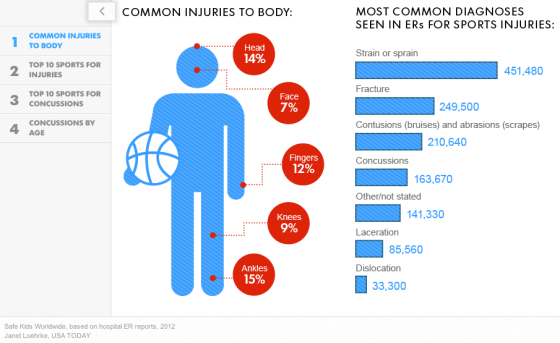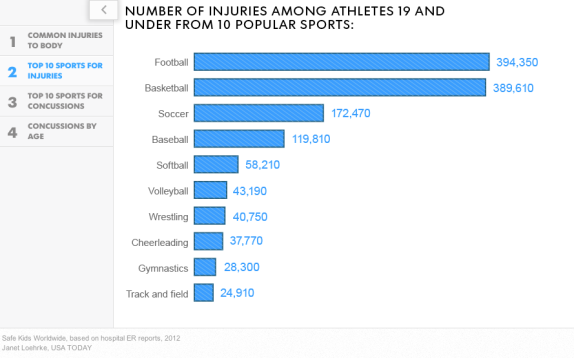The United States is not a rugby country. Not right now, at least. That’s reserved for places like England, Wales, South Africa, and New Zealand, where the All-Blacks are so much a part of the nation’s identity and spirit of community that there is a movement to replace the colonial flag with their fern. The efforts of rugby promoters in the U.S. could be likened to playing catch-up, running after the nations with higher percentages of rugby fanatics. At the invention of rugby, as the rough-and-tumble game that schoolboys played with mutable rules on running, kicking, and throwing began to split into soccer, American football, and rugby, it was much like the situation across the pond. But as rugby spread and took hold in other places visited or colonized by English ruggers, the U.S. was taken by storm in a football frenzy. When 15-a-side rugby union was briefly included in the Olympics (1900, 1908, 1920, 1924), the U.S. won the last two gold medals.
Most of the representatives of the US in these games were from college teams in California. Colleges were not only the start of rugby in the U.S., they were also its last bastion and the site of its renaissance in the 60s and 70s. A lot of these college players, like the Olympic generation, went on to the national team: the men’s Eagles started in ’76. College “old boys” were often also founding members of adult-level clubs, with a high concentration of the oldest ones still centered around college towns. Women’s college and club rugby also started around campuses in the 70s, facing more obstacles to recruiting women to play a sport seen as “rough” and “manly.” Women’s teams also struggled to gain recognition and support from national and international governing bodies: the first American international women’s squad to play abroad was and invitational team in 1985, and weren’t officially “Eagles” until two years later. In 1991, the first Women’s World Cup was held in Wales and included 12 squads The first women’s World Cup, which the USA won, was in 1991 though none of the teams from that year were supported: the IRB didn’t recognize it as a World Cup that year, nor the next incarnation in 1994. It wasn’t until until 1998 that the tournament was sanctioned by the international governing body.
Adult club rugby in the U.S. is very unique among the American sports landscape. After college, it seems that the sporting opportunities take a huge nosedive for driven athletes in team sports who don’t go on to some sort of professional career. But club rugby is distinct from most adult recreational leagues: at the “premier” and Division I levels, especially, the games are incredibly tough, and players travel all over the country for games. The level of passion and commitment from players: with their time, money, sweat, and blood, is truly unique. For clubs, the social aspect definitely drives team spirit and travel, especially at seasonal tournaments that often have a “what happens in Vegas stays in Vegas” code, but there are also attempts to professionalize. Even from the national players’ pool, very few players have professional contracts, but increasing numbers are heading to France, England, and Japan to lose their day jobs. The talks surrounding professional rugby in the U.S. have mainly started with modest goals: adding one or two teams to an Americas or Pacific-based league, or partnering with the NFL. I think with the growing popularity of rugby, and college teams increasingly reaching the varsity level (at least 15 currently), professional men’s rugby in the US could become a reality in the next 10 to 15 years. This might also be accelerated by the concussion debate surrounding football: though rugby players don’t any protective gear (except mouthguards) the concussion level isn’t nearly as high.
Despite being billed as a brutal sport for knuckle-draggers with a high pain threshold, rugby has actually been designed to be safer for the head than football.
Many attribute this to the different tackling techniques, and rugby’s safety-first emphasis could provide an alternative to football that still has big hits and big adrenaline.
On the women’s side, to my knowledge, there’s nothing even close to a professional rugby league anywhere in the world. The majority of women’s national teams still struggle to get the attention and funding they need. The highest level in the US is the WPL/Women’s Premier League, which isn’t professional (as far as I know, no players are paid). It has two conferences of four teams each, playing a limited 6-week season. The next tier of the club game is Division I (which includes both men’s and women’s clubs), with incredibly disparate teams playing in leagues that can span across several states. A recent article by the coach of ORSU, one of Portland’s club teams, highlights some of the biggest problems facing club rugby, and especially the women’s side, at the moment. The distance and districting are among the main issues: ORSU (who plays their home games less than half an hour from our campus), is one of the highest-level teams in the Northwest: just this past weekend, they beat one of Seattle’s DI teams by more than 80 points, securing a spot to Nationals. These blowouts don’t do much to develop the team’s skills: it’s hard to build to anything if the players aren’t challenged on a consistent basis.
“There is no stepping stone to the National Team, no LAU (local area union) or Territorial competitions where good players can get a taste of higher level rugby to help build their skills and strengthen their motivation.”
Some reform is needed, and to improve and develop American rugby at all levels: youth, college, and adult. One possible direction that I personally support comes from the Demand Rugby proposal that followed this article, which would see clubs split into a 2-tiered system with chances for promotion, and regional all-star camps. Currently, both the men’s and women’s national teams are teaching rugby to elite athletes from other sports, going again and again to crossover scouting and development. This doesn’t seem sustainable or reasonable, when there are thousands of ruggers who’ve played for years already and are looking for a challenge.
The other thing I think American rugby should do is take advantage of its newness. With women’s sports, problems in funding, or popularity stem largely from a historical imbalance: in countries where men were playing a sport for 100 years before women could pick up the ball, there’s a lot of catching up to do. It’s undeniable that rugby in the US has this issue as well, but it’s the difference of a decade or two, instead of a century. Especially with such a large number of players still only learning the sport at the college level, the gap is fairly small: it’s crucial that as rugby develops here, we don’t let it widen. Considering all of this, it is an exciting time to be involved in rugby in the United States. The passion of American ruggers to grow the game continues to surprise me day to day, with a sense of community that is truly unique. There’s a million possibilities, and I can’t wait to see what comes of them.

